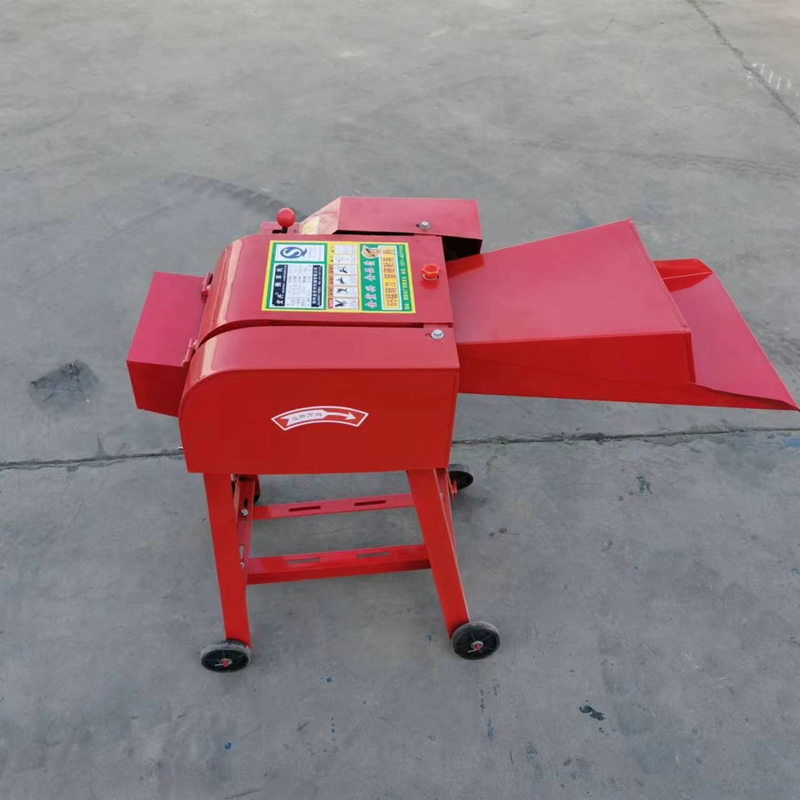cattle feed processing machines
Rhag . 12, 2024 10:01 Back to list
cattle feed processing machines
The Evolution and Importance of Cattle Feed Processing Machines
The livestock industry sustains a significant portion of the global economy, and within this sector, cattle farming plays a crucial role. The health and productivity of cattle greatly depend on the quality of feed they receive. This is where cattle feed processing machines come into play, revolutionizing the way farmers and feed manufacturers produce animal feed.
Understanding Cattle Feed Processing Machines
Cattle feed processing machines are specialized equipment designed to prepare, mix, and process raw ingredients into nutritious feed for cattle. These machines are integral to ensuring that livestock receives a balanced diet that meets their nutritional requirements and supports optimal growth, reproduction, and milk production.
These machines come in various forms, including grinders, mixers, pelletizers, and extruders. Each of these machines serves a unique purpose in the feed production process. For instance, feed grinders break down raw materials into finer particles, making it easier for cattle to digest. Feed mixers ensure that the ingredients are mixed evenly, which is crucial for providing a consistent nutrient profile across batches. Pelletizers and extruders transform the mixed feed into pellets or extrudates, which not only reduce waste but also improve the palatability and digestibility of the feed.
The Process of Cattle Feed Production
The cattle feed production process begins with the selection of raw materials, which may include grains, legumes, forages, vitamins, and minerals. The quality of these ingredients directly influences the quality of the final product. Farmers must provide a diverse diet that caters to the specific needs of their herd.
Once the raw materials are sourced, the first step in feed processing is grinding. Raw materials are fed into a grinder where they are pulverized into smaller particles. This step is vital as it enhances the surface area, making nutrients more accessible to the animals. Following grinding, the ingredients are transferred to a mixer. Here, various nutrients are combined in precise ratios to ensure that the feed is nutritionally adequate.
The mixed feed can then be processed in a pelletizer or extruder. Pellets are favored because they are easier to store and handle, and they reduce feed waste by minimizing sorting. Extrusion is a more advanced method that involves cooking the feed mixture at high temperatures, which can help in breaking down complex carbohydrates and improving overall nutrient availability.
cattle feed processing machines

Advantages of Cattle Feed Processing Machines
The use of cattle feed processing machines offers numerous advantages. Firstly, these machines enhance the efficiency of feed production. Automated systems reduce labor costs and processing time, allowing producers to meet market demands more swiftly.
Moreover, these machines contribute to the uniformity of feed, ensuring that each animal receives a balanced diet. This consistency is crucial in high-intensity farming operations where thousands of cattle may be fed from the same batch.
Additionally, processed feed can enhance the health of the cattle. By improving digestibility, farmers can potentially reduce feed costs since animals require less feed to achieve the same weight gains. Furthermore, properly processed feed can minimize the risk of feed-related illnesses, supporting animal welfare and leading to healthier herds.
Future Trends in Cattle Feed Processing
As technology advances, cattle feed processing machines are also evolving. The integration of data analytics and AI is beginning to shape the industry, enabling more precise formulations based on specific nutritional needs. Moreover, innovations in sustainability are leading to the development of machines that utilize waste by-products as feed ingredients, promoting environmental stewardship within the livestock industry.
The growing awareness of animal welfare and sustainable farming practices also influences the design and operation of feed processing machines. Manufacturers are being urged to produce equipment that minimizes energy consumption and reduces carbon footprints.
Conclusion
Cattle feed processing machines are essential components in the livestock industry, improving feed quality, operational efficiency, and animal health. As the industry continues to evolve, these machines will play a pivotal role in meeting the growing global demand for animal protein while addressing sustainability challenges. By investing in advanced feed processing technologies, farmers can ensure they are well-equipped to support their livestock and contribute to a more sustainable food system.
-
High Performance Exhaust Fan – Efficient Ventilation Solutions for Home
NewsJun.10,2025
-
High-Quality Gestation Pen for Sows Durable Mobile Pig Pen & Simple Pig Pen Solutions
NewsJun.10,2025
-
High Quality Rabbit Cage Double Tier Designs & Welded Wire Mesh Supplier
NewsJun.10,2025
-
Floating Fish Feed Machine - High Efficiency Floating Fish Feed Extruder for Small Scale Production
NewsJun.10,2025
-
Premium Poultry Housing Solutions Mobile & Commercial Free Range Options
NewsJun.10,2025
-
Industrial FRP Fans Corrosion-Resistant Blades & Centrifugal Systems
NewsJun.09,2025






